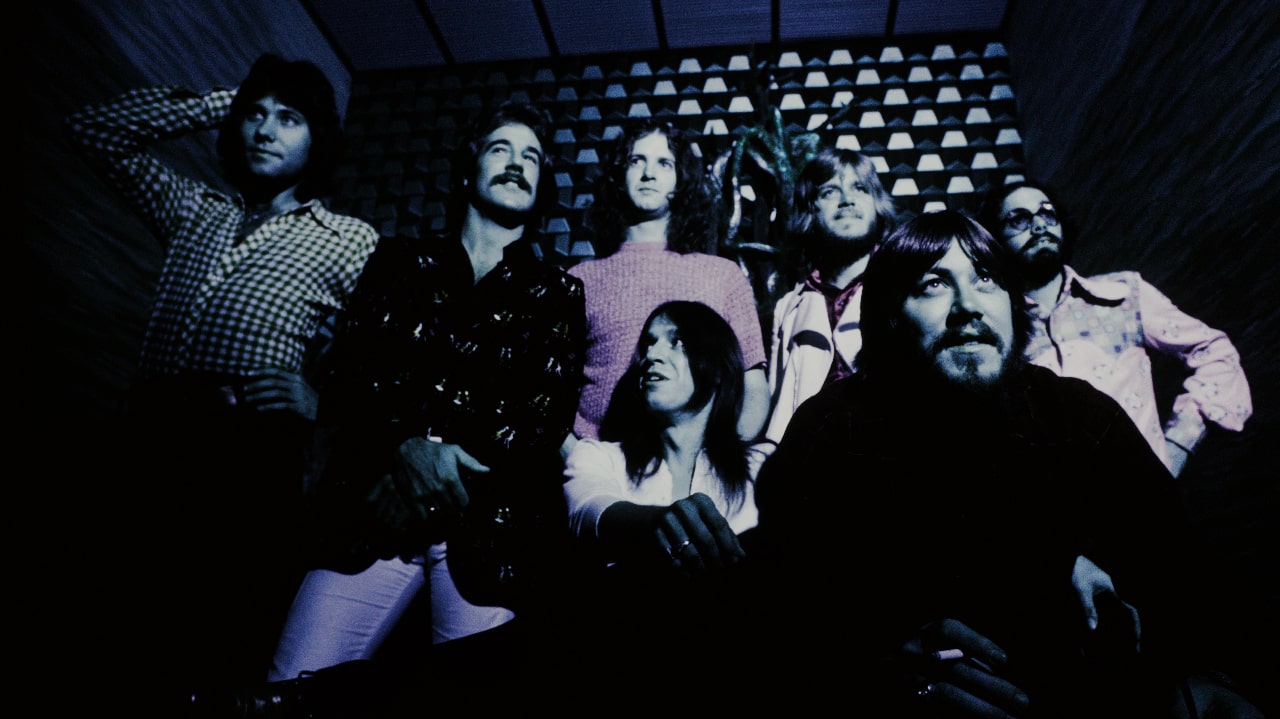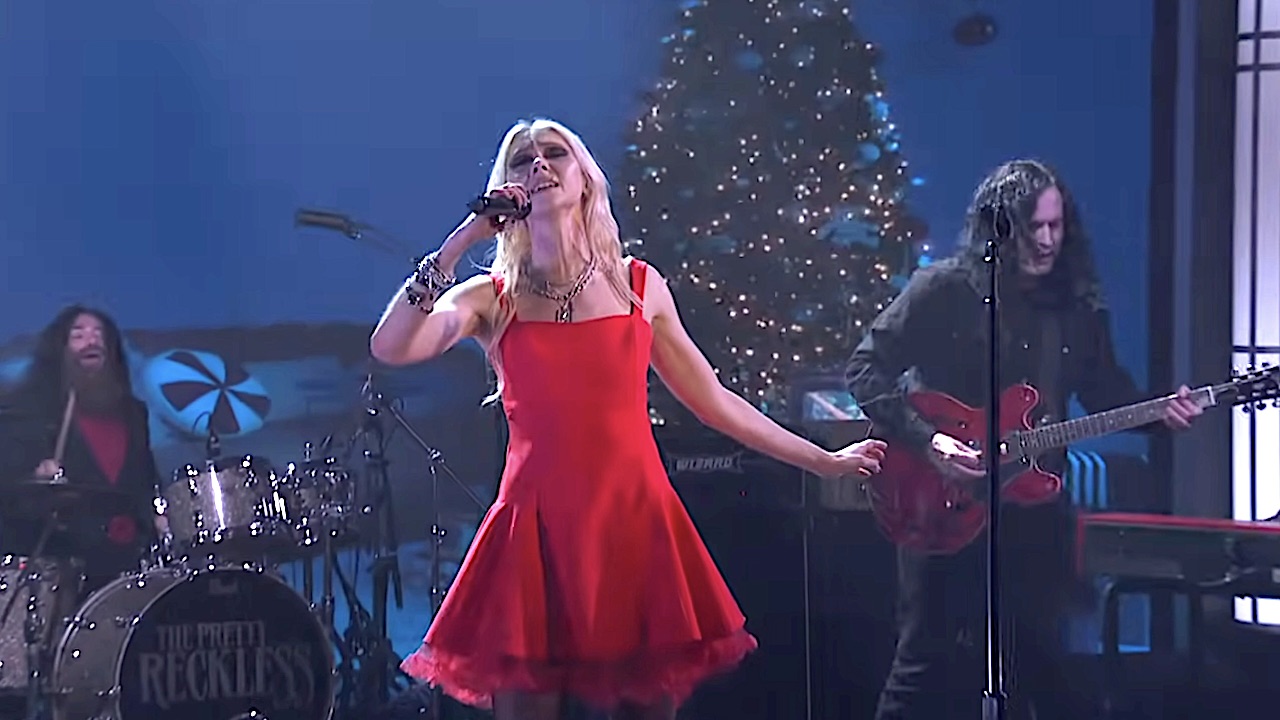Chicago's 25 or 6 to 4 was supposedly about an acid trip: the truth was much more mundane
Featuring one of the greatest wah solos of all time, this is the story of the Chicago classic 25 or 6 to 4

Sometimes when songwriters are stuck for inspiration, they'll simply write about what's right in front of them. That's how Chicago's 1970 hit 25 or 6 to 4 took shape.
As founding member and keyboardist Robert Lamm explained on The Chris Isaak Hour, “I was living with a bunch of hippies up above Sunset Strip. One of the advantages of this particular house was that I could look out over the city late at night. I wanted to try to describe the process of writing the song that I was writing.
"So, 'Waiting for the break of day, searching for something to say, flashing lights against the sky' - there was a neon sign across the city. It was 25 or 6 to 4 in the morning [i.e. 3.35am or 3.34am] when I looked at my watch - I was looking for a line to finish the chorus.”
Lamm fully intended to write a proper lyric later, but the first draft words “ended up working out okay.”
He brought the new song into rehearsal and its signature descending riff quickly turned into a showcase for Chicago's three-piece horn section. Lamm said, “Whenever I got the songs to the band and we started rehearsing them, that's when they took shape. . it wasn't really a song until they all played it.”
When it came time to record the lead vocal, Chicago singer-bassist Peter Cetera was dealing with a challenging affliction. His jaw was wired shut. A few months earlier, he'd gotten into a brawl in Los Angeles with some marines at a Dodgers-Cubs baseball game. Cetera was cheering on his Chicago home team. The marines hated that the Cubs won, and they didn't care much for Cetera's long hair either. They broke his jaw in three places, and intensive care doctors had to wire it shut so it could heal.
“When they cut the wires off, I was afraid of my jaw sticking open again, so I don't really open my mouth a lot when I sing,” Cetera said in 2009.
Sign up below to get the latest from Classic Rock, plus exclusive special offers, direct to your inbox!
Cetera clenched teeth vocal on 25 or 6 to 4 definitely gives the lyrics a kind of angst and urgency. Matching the mood, guitarist Terry Kath tore loose with an extended fuzz-wah solo that became a benchmark of early '70s lead breaks. In 2021, Guitar World ranked it at #22 of best wah solos of all time.
25 or 6 to 4 went Top 5 and helped Chicago's second release, a self-titled double album, go platinum. It was also the first time the band used their cursive logo on a sleeve.
Its popularity was helped by one of those random rumours that would sometimes swirl around songs in the '60s and '70s. In this case, the title supposedly referred to an acid trip. “6 to 4” was a street nickname of LSD, meaning if you dropped a tab at 6pm, it would wear off by 4am.
The song's longevity has proved much sturdier than an acid trip. Aside from being a closer in Chicago's live set, it has appeared in the video game Rock Band 3, the TV series King of the Hill and the movie I, Tonya. But it has lived its most robust life in the repertoires of high school and college marching bands across America, where after fifty years, it's still a staple at football and baseball games.
Bill DeMain is a correspondent for BBC Glasgow, a regular contributor to MOJO, Classic Rock and Mental Floss, and the author of six books, including the best-selling Sgt. Pepper At 50. He is also an acclaimed musician and songwriter who's written for artists including Marshall Crenshaw, Teddy Thompson and Kim Richey. His songs have appeared in TV shows such as Private Practice and Sons of Anarchy. In 2013, he started Walkin' Nashville, a music history tour that's been the #1 rated activity on Trip Advisor. An avid bird-watcher, he also makes bird cards and prints.

